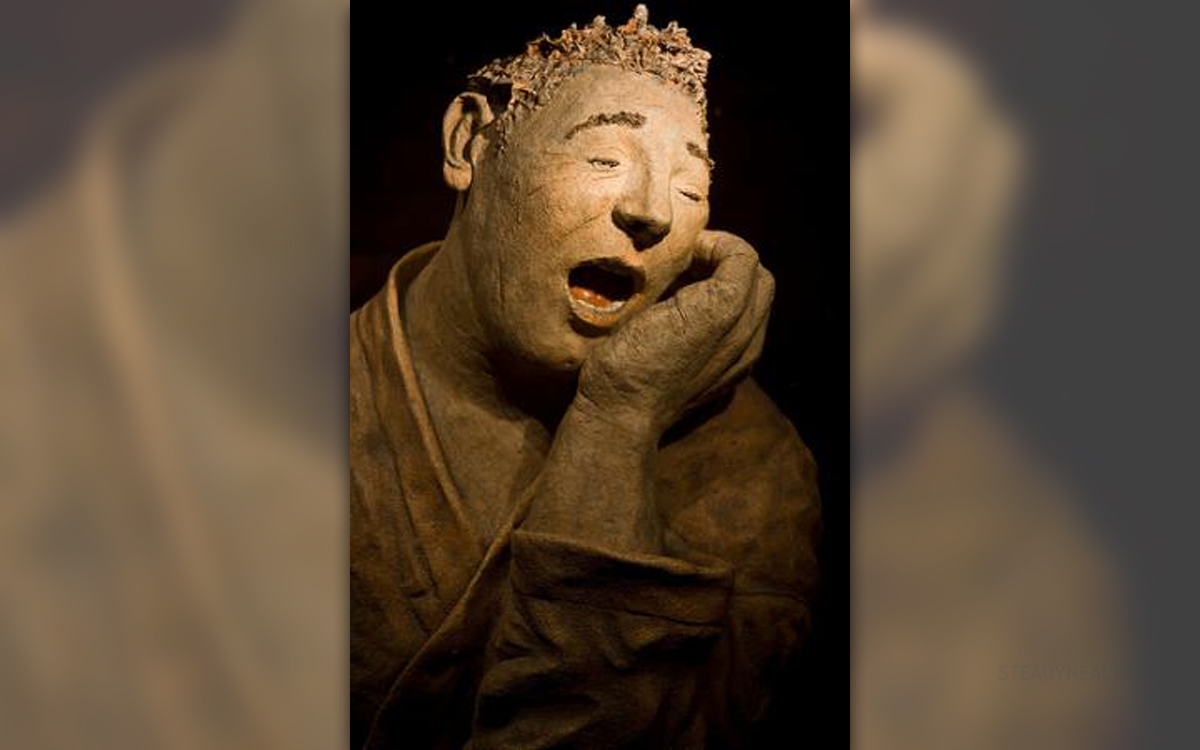
Sometimes, when the tooth is affected by decay, it needs to be repaired through cavity filling. In this common dental procedure, the dentist first drills the tooth to remove all the decayed parts and then inserts the filling material, which closes the tooth and restores its structure.
It is normal to experience some pain after filling. The pain ranges from mild to severe, and it usually lasts only a short while. After the tooth filling procedure, the repaired tooth becomes more sensitive, especially to heat, air, pressure, sweets and cold foods. If the pain and tooth sensitivity persist for more than a few weeks, it may mean that there is still something wrong with the tooth.
Types of toothache after filling
It is common to feel pain around the filled tooth during the first couple of days, especially when eating. The pain comes from pressure to the filling, and if it occurs immediately after the bite, it may indicate that the filling was not shaped right and needs to be remodeled by shaving or filing.
There may also be some pain if two teeth touch, especially if one has an amalgam filling and the other has a silver crown. This pain usually stops soon.
Referred toothache is the type of pain that occurs in other teeth and not in the one that was filled. This too is normal and should go away soon.
If the filled tooth was affected by a very deep cavity, it is possible to feel the pain for weeks after the filling procedure. It usually indicates that deeper tissues were affected and that the tooth may require a root canal procedure.
Sometimes the pain after the tooth filling procedure is caused by an allergic reaction to the filling material, in particular to silver amalgam. These allergies are rare and aside from the pain the symptoms may include common allergic symptoms, like itching, redness and swelling. If this problem occurs, silver amalgam filling should be replaced by a composite filling.
Remedies for toothache after filling
For the first couple of days after the filling, it is best to stay off very cold or hot drinks and foods that could increase the sensitivity and the pain. It is also recommended to avoid smoking.
Persons who have recently had a tooth filling should avoid candy, gums and sticky foods, as well as foods that are hard to chew. It is generally best to avoid chewing with the side of the mouth where the repaired tooth is located, at least until the pain goes away completely.
The pain can be managed with over-the-counter pain killers, but there are alternatives too, like clove oil. Clove oil is one of the best home remedies for any type of toothache and it should be applied to the affected tooth using a cotton ball. Rinsing with saline solution also helps with the pain.



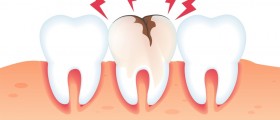

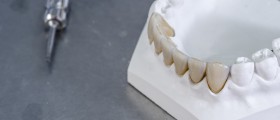

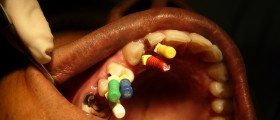



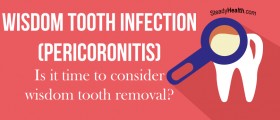




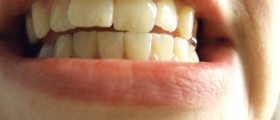
Your thoughts on this
Loading...